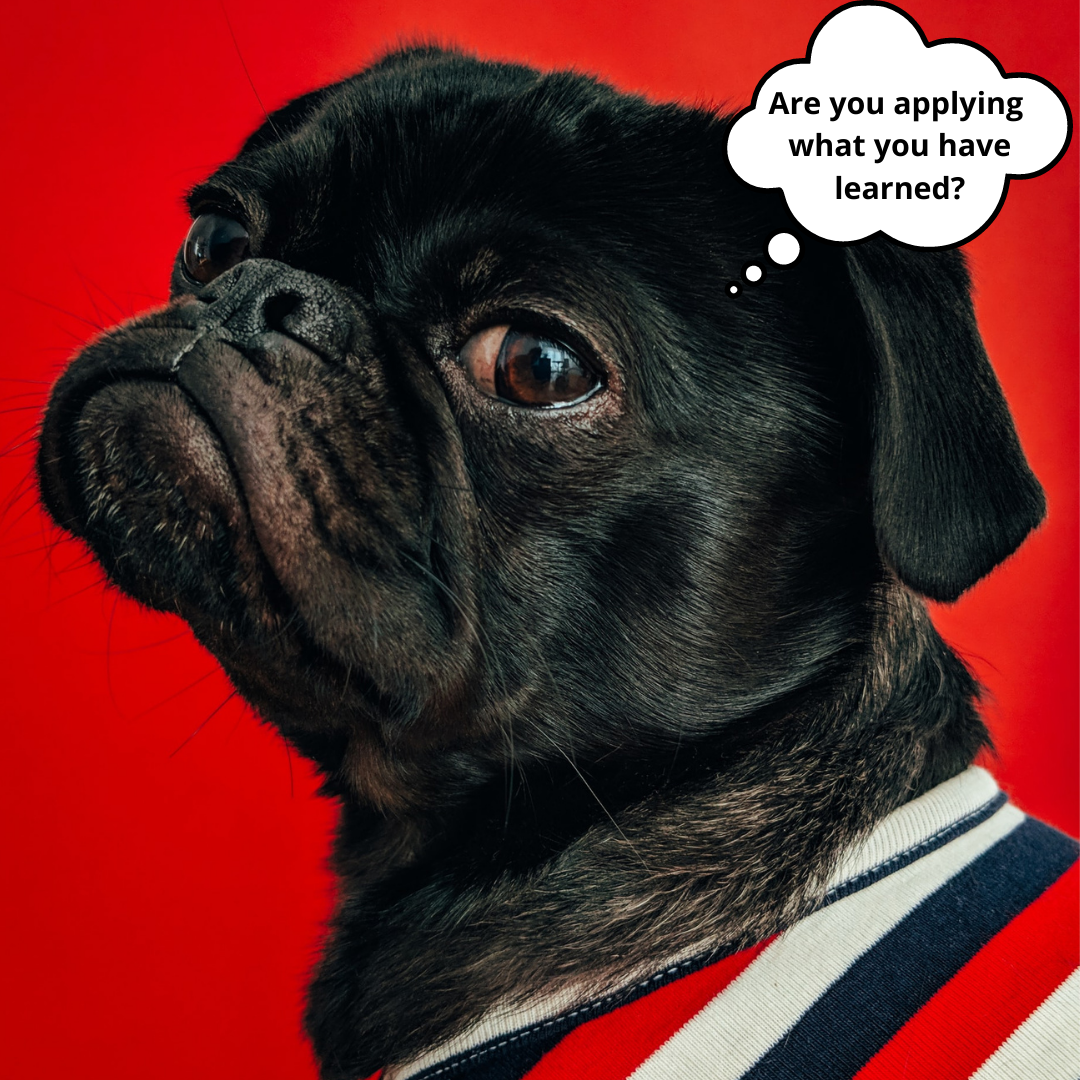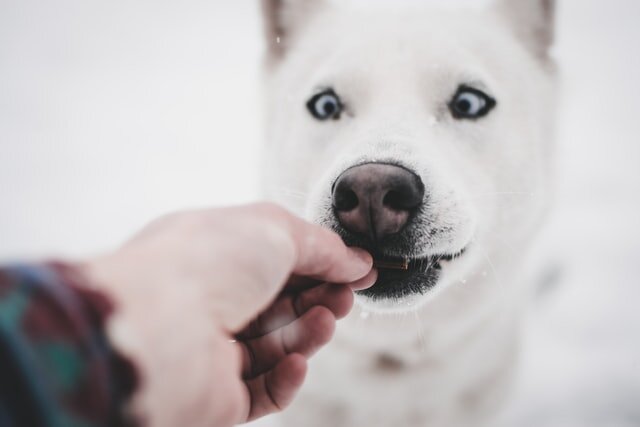How to use trial and success learning to our own behaviour?
Many times we don’t even bother trying to learn a new skill. We convince ourselves that it’s not for us. When what we could do is to find the first successive approximation and start learning through a fun and successful process.
Are you applying what you have learned?
Creating habits is known to many people. When you hear about it, it sounds so obvious! You might even be able to teach others about it as you have great advice that works. The question is, are you using this advice?
How to create habits with the help of technology?
How many of us failed in the past trying to create a new habit?
This time, I tried something different and I was building on a habit that I already have. Now, after 6 months, I can fairly say that I managed to build a new, solid habit of learning Spanish 20 min a day every day. In the blog, I share what helped me achieve that and few other surprising learning points!
How does a high rate of reinforcement look like and why we use it?
Do you know how does a high rate of reinforcement looks like? In dog training, it can look like just feeding the dog. Why would we even use it then?
Read more on the blog to see examples not only in dog training but also in creating our own habits!
Working with client with disability
Do you learn from people you are in contact with? Recently I encounter a challenge to work with a client who is legally blind. I needed to find new ways of teaching but most importantly I had to listen. It’s through communication that we found the best ways to move forward. In the end, we not only succeeded with training the dog so both she and the owner are happy but I also learned and grew as a person. It made me a better trainer and more compassionate human being.
Challenge - Train yourself to look for the behaviours you like
Are you willing to take on the challenge of looking for the behaviours you like? Whether it's in your dogs' behaviour or in your own behaviour! Change can start from this simple (yet not easy!) exercise of noticing the behaviours you like instead of the ones you want to change.
How to use positive reinforcement with people?
This blog is about applying positive reinforcement to human learners. I talk from a perspective of animal trainer teaching human clients how to train their animals. It might not be applicable to you but I would encourage you to read anyway and see if there is anything you can apply to your life and your situation. Behavioural science principles are universal, can you recognise that?
The truth about stress-free life and teaching
Is stress-free life about creating a life for dogs or people that will keep them in a bubble without any stress? Or is it about building skills ahead of time so when the stressful situation happens, they are equipped to cope with it?
Unpacking labels and ability to learn
Labels can be very useful in day-to-day life to communicate with each other faster. It might get tricky once the label becomes a force that we tend to blame for certain behaviours. I would like to encourage you to start unpacking the labels to find solutions. We and our animals are not doomed to our current circumstances. We can make progress, we can learn and we can change our current behaviours.
What does science-based even mean?
I often say that my animal training is science-based but what does that even mean and why would that matter?
You don’t have to change someone’s beliefs to change their behaviour
Allow people to have their choices and time to test things you are recommending. Even if you don’t like what they are doing, don’t judge them but try to understand. It won’t be easy to stop judging people but when you change yourself before you demand it from others, you will see how your change influences everyone around you.
How can we use what we learn in dog training to our own behaviour?
From this blog, you can learn steps to train your dog a 'wait' or ‘stay’ cue but also how you can transfer/use what you learn to enhance your learning and to get better at creating new habits for yourself.












